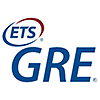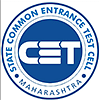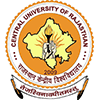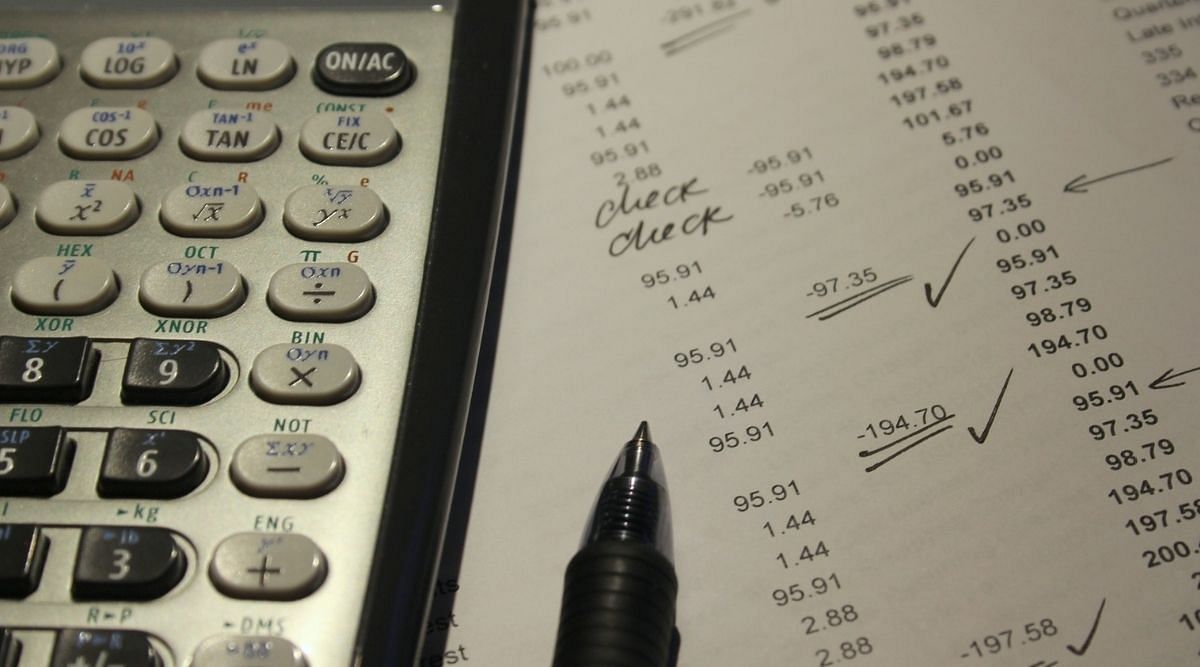
Table of Contents
The GMAT Exam Pattern comprises a set up of 64 questions divided into three sections: quantitative reasoning, verbal reasoning, and data insights. The GMAT Pattern includes only objective questions in the MCQ format.
The GMAT exam pattern for the Focus Edition is designed to examine the applicant's problem-solving abilities, challenge critical thinking, and test data analysis capabilities, all of which are required for graduate business schools overseas. In this article, we will go over all there is to know about the GMAT exam design and what applicants may expect from the new version.
GMAT 2025 exam pattern analyses the logical, verbal, analytical, and numerical ability of a candidate. This basic test decides whether a candidate can perform in an MBA course or not. Hence, the authority has given four major topics on which a candidate can work.
GMAT Exam Pattern Highlights
Before preparing for the GMAT exam, an aspirant has to be aware of the GMAT exam pattern. This knowledge helps one to build strategies to score high.
GMAT Test Pattern - Explained
GMAT exam question paper has 4 major sections and they are Analysis of Argument (Analytic Writing Assessment), Quantitative Aptitude, Verbal Reasoning, and Integrated Reasoning.
The entire duration of the GMAT exam is 3 hours and 7 minutes (exclusive of break duration). Students can prepare by writing mock tests to get acquainted with this timing. More features related to the GMAT exam pattern have been listed below.
- Pre-Built Clock: The GMAT exam has a pre-built clock that cannot be stopped neither can it be reset.
- On-Screen Calculator: Candidates can use an on-screen calculator, that appears on a test window to solve the quantitative questions and minute calculations at the time of examination.
- Question Pattern: GMAT is a computer adaptive test, hence the level of each question is based on the answer given by a candidate to the previous question. There is no negative marking scheme in the GMAT exam.
- Algorithm: When a candidate answers a question correctly, the algorithm used in the GMAT examination makes subsequent questions to become tougher and tougher. Likewise, when a candidate answers a question incorrectly, the subsequent question is made easier.
- Level of Difficulty: Candidates are not evaluated by a sheer number of questions they got right, but for the level of difficulty they face during GMAT examination.
Also Read: Top 50 B-Schools Accepting GMAT Score in India
GMAT Revised Entrance Exam Pattern
The GMAT format or online examination pattern based on the four topics they will be tested on has been tabulated below. A note must be taken that the breaks haven't been included in the table below.
|
Section |
Number of Questions |
Time Allotted |
|
Quantitative Reasoning |
31 |
62 Minutes |
|
Verbal Reasoning |
36 |
65 Minutes |
|
Integrated Reasoning |
12 |
30 Minutes |
|
Analytical Writing Assessment |
1 |
30 Minutes |
GMAT Marks Distribution (Revised)
The GMAT marking scheme for online exam consists of 4 sections only i.e; Analytical Assessment, Quantitative Aptitude, Verbal and Integrated Reasoning. All the sections and their corresponding number of questions are tabulated below:
- Analytical Assessment: 1 question in 30 minutes
- Quantitative Aptitude: 31 questions in 62 minutes
- Verbal: 36 questions in 65 minutes
- Integrated Reasoning: 12 questions in 30 minutes
Note: There will be 5 minutes before the candidate begins the Integrated Reasoning Section and the order of the sections is fixed as shown above. The total exam time is approximately 3 hours and 7 minutes with an additional 15 to 20 minutes for the proctor check-in and breaks.
| Section | No. of Questions/ Time Limit | Question Type | Score Range |
|---|---|---|---|
| Analytical Writing Assessment | 1 Topic - 30 minutes | Analysis of an Argument | 0-6 (0.5-point increments) |
| Integrated Reasoning | 12 questions - 30 minutes | Multi-Source Reasoning, Graphics Interpretation, Two-Part Analysis, Table Analysis | 1-8 (1-point increments) |
| Quantitative | 31 questions - 62 minutes | Data Sufficiency, Problem Solving | 6-51 (1-point increments) |
| Verbal | 36 questions - 65 minutes | Reading Comprehension, Critical Reasoning, Sentence Correction | 6-51 (1-point increments) |
| Total Exam Duration | 3 Hours 7 Minutes | ||
Also Read: MBA in USA Without GMAT
GMAT Exam Scoring
Generally, overall GMAT scores range from around 200 to 800 for most candidates. This score includes the performance of a candidate on all 4 sections combined.
- The candidate's performance on the Analytical Writing Assessment and the Integrated Reasoning sections are calculated separately by the GMAT algorithm.
- A GMAT score of Verbal and Quantitative ranges from 0 to 60.
- An average candidate's GMAT score lies between 9 to 45 in verbal and 7 to 50 for quantitative.
- Verbal and Quantitative scores cannot be compared to each other.
- The GMAT exam is a computer-adaptive test, which means if a candidate answers a question correctly, the next question will be more difficult than the last one, and vice versa for a candidate who answers wrongly.
- A candidate is ranked as per the number of answers he/she gets right, as well as the GMAT exam's difficulty level, and the time taken on each GMAT exam section.
- If a candidate answers several questions incorrectly in a row, then his/her GMAT score has a significant chance of lowering.
- There is a complicated, patented algorithm in place to assign the GMAT scores, that nobody knows.
- GMAT score will also decrease notably with every unanswered question.
Officially, few options are available for the GMAT exam pattern. A candidate can choose the order of sections when he/she attempts the GMAT exam.
- Analytics Writing Assessment, Integrated Reasoning, Quantitative Aptitude, verbal (Original order).
- Verbal, Quantitative Aptitude, Integrated Reasoning, Analytical Writing Assessment.
GMAT 2025 Exam Points to Remember
- Students must answer all parts of a single question accurately to receive credit.
- Candidates will not get any partial credit.
- Candidates must submit responses to all parts of the question before moving on to a new question on other screens.
- Answer option for one question cannot be used in solving other questions.
- Candidates must keep in mind that the intended purpose of the GMAT exam is to predict student's performance in graduate business programs.
Also Read: MBA in Canada without GMAT
FAQs on GMAT Exam Pattern
Q: What is the format of GMAT exam?
The GMAT exam style is designed to assess an applicant's business ability. The exam is divided into three portions, each of which is tested for two hours and fifteen minutes, with an optional 10-minute break. Overall, there are 64 questions; each segment has a unique set of questions, although they are all timed identically. Quantitative Reasoning: 21 questions and 45 minutes, Verbal reasoning: 23 questions, 45 minutes, Data insights: 20 questions; 45 minutes.
Q: What is GMAT Focus Edition syllabus?
GMAC releases the GMAT Focus Edition. Analytical Writing Assessment (AWA) and Sentence Correction (SC) are not included in the GMAT Focus Edition syllabus. A new part, Data Insights (DI), has been added. Data Sufficiency (DS), which was previously part of the GMAT Quants section, will now be part of the Data Insights (DI) section.
Q: What is the time limit per section of the GMAT exam pattern?
According to the new exam pattern, Quantitative Reasoning - 62 minutes, Verbal Reasoning - 65 minutes, Integrated Reasoning - 30 minutes, Analytical Writing Assessment - 30 minutes.
Q: What are the difficult sections in GMAT 2025 exam pattern?
The GMAT exam is a computer-adaptive exam, which means that candidates will get more difficult questions with every correct response they provide, and easier questions with wrong answers. Hence, it is difficult to pin point the difficult sections of the GMAT exam.
Q: How many questions are asked per section of the GMAT exam and overall?
Overall, 80 questions are asked from students in the GMAT exam. Section wise, Quantitative Reasoning has 31 questions, Verbal Reasoning has 36 questions, Integrated Reasoning has 12 questions, and Analytical Assessment has 1 question.


























